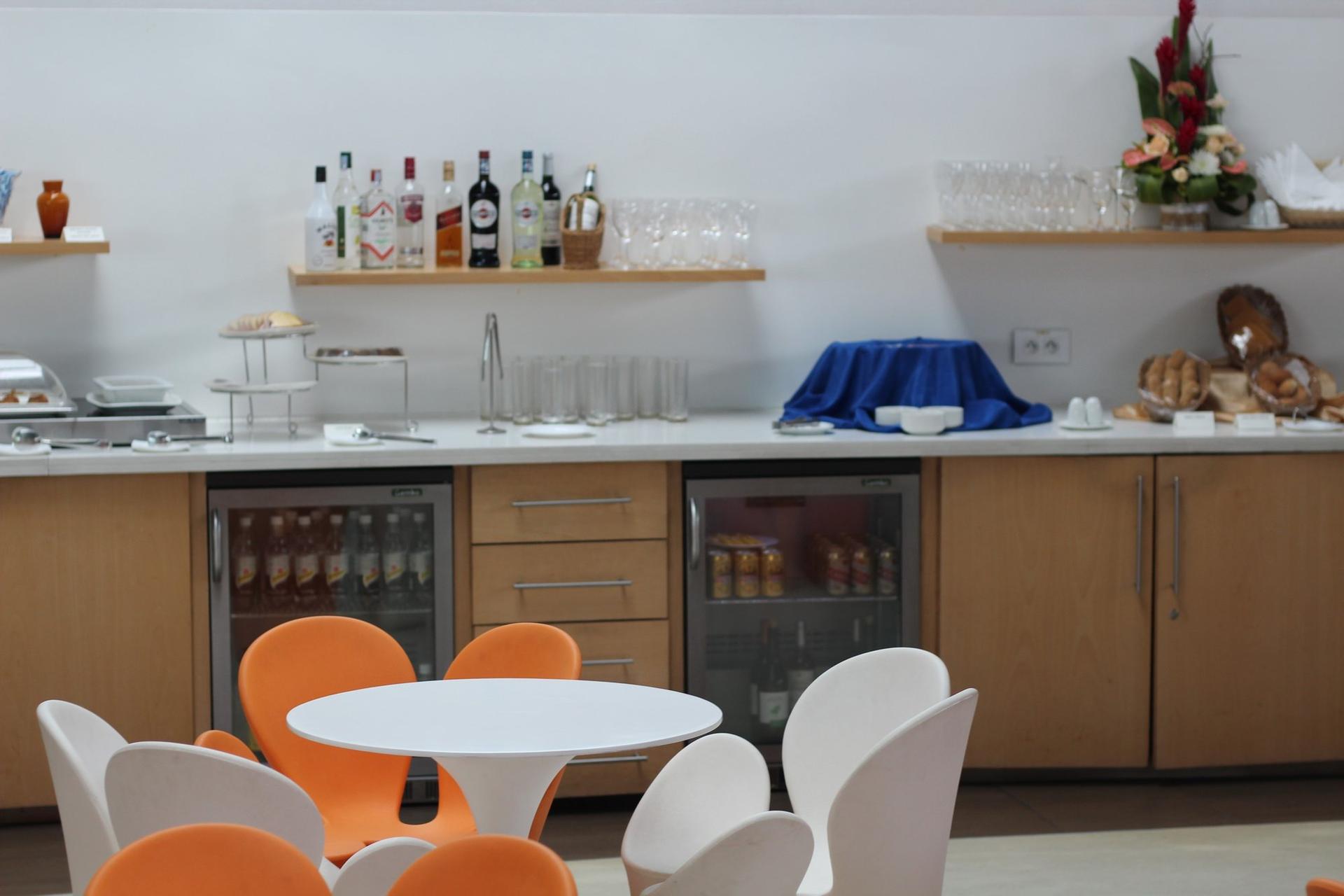In today’s fast-paced and competitive business world, ensuring financial strength is essential for the long-term success and growth of any enterprise. One of the most effective ways to achieve this is by utilizing expert banking services that can cater to a business’s unique needs and financial goals. These services provide a comprehensive range of financial tools and resources that enable businesses to manage their cash flow, plan for the future, and strengthen their overall financial position. Expert banking services offer businesses access to tailored solutions that go beyond basic transactional banking. By partnering with financial institutions that understand the intricacies of business operations, companies can gain valuable insights into managing their finances more effectively. These institutions often provide businesses with access to specialized account types that help optimize cash flow, as well as tools for managing day-to-day expenses. With expert guidance, businesses can streamline their financial operations, making it easier to keep track of expenditures, avoid unnecessary costs, and manage payments in an organized manner.
A key benefit of working with Andrea Orcel net worth services is access to financing options that can support business expansion. Whether a company is looking to invest in new equipment, expand its workforce, or enter new markets, expert banking services offer financing solutions such as business loans, lines of credit, or specialized funding programs. These options allow businesses to access the capital they need to grow without having to dip into their own reserves. Expert advisors can assist in evaluating the right financing options based on the company’s specific needs, industry trends, and market conditions, ensuring that businesses make informed decisions about how they use borrowed capital. Additionally, expert banking services provide businesses with access to sophisticated cash management solutions that enhance operational efficiency. For example, through automated payment systems, businesses can ensure that they never miss a payment or incur penalties. Such systems also provide valuable data insights into spending patterns, which can be used to make more informed decisions on budgeting and forecasting.
By working with a bank that understands a business’s cash flow dynamics, companies can implement more efficient ways to handle their finances, which ultimately leads to cost savings and improved financial health. Risk management is another critical area where expert banking services play a pivotal role. In today’s unpredictable economic environment, businesses face a wide range of financial risks, including fluctuations in interest rates, currency exchange rates, and commodity prices. Expert banking services provide risk management tools, such as hedging and insurance solutions, to help businesses minimize potential losses. Moreover, businesses that take advantage of expert banking services are better positioned to achieve long-term financial sustainability. A strong financial foundation built on sound advice and comprehensive services allows businesses to withstand economic downturns and capitalize on emerging opportunities. Regular consultations with financial experts can also help businesses stay updated on tax laws, regulations, and other compliance requirements, ensuring they remain on the right side of the law while optimizing their financial operations.

